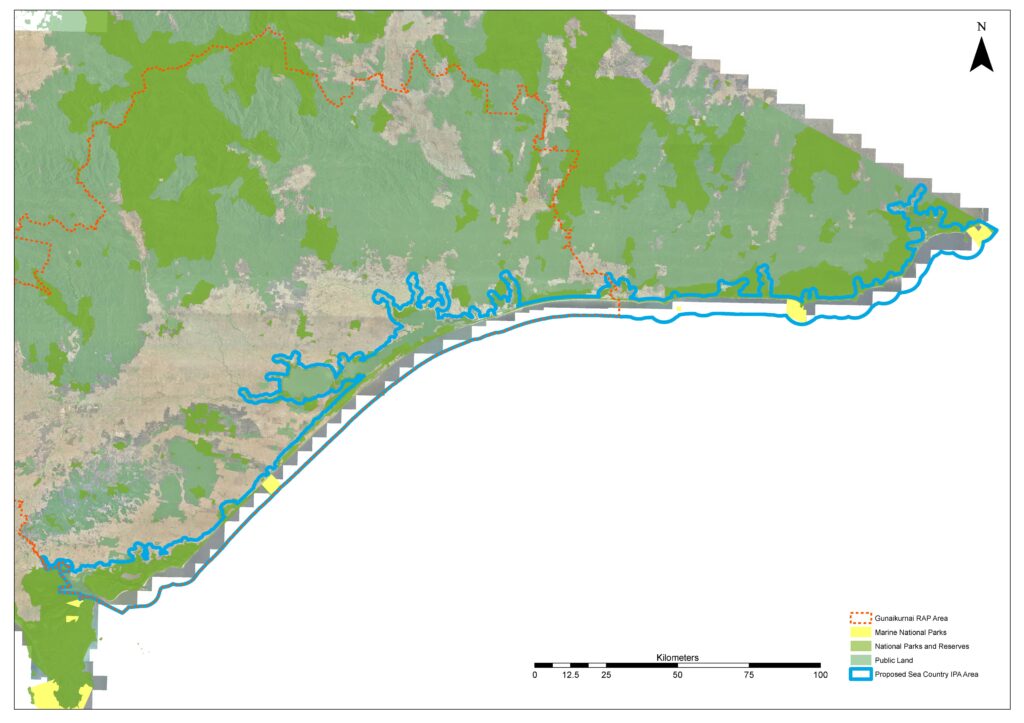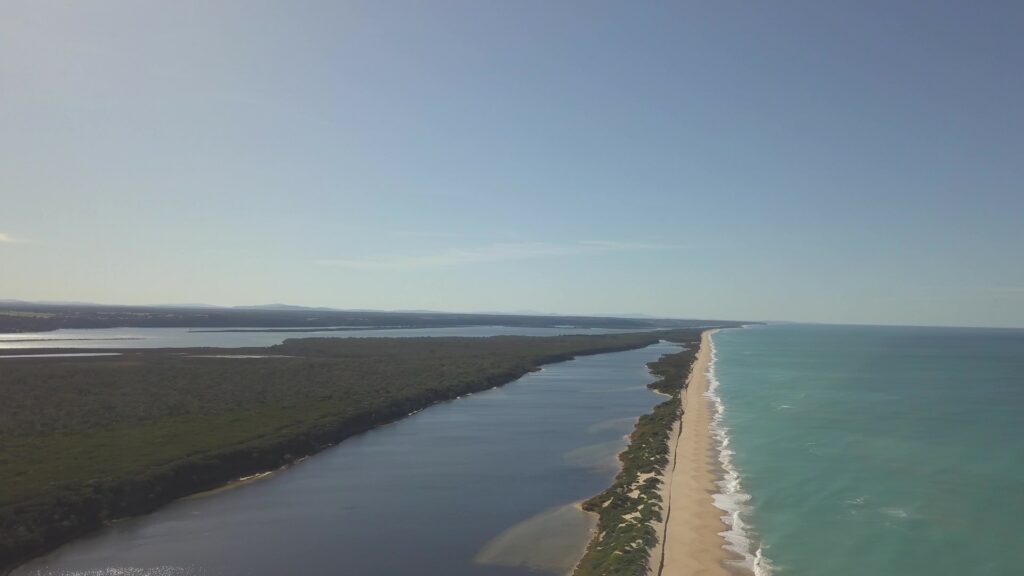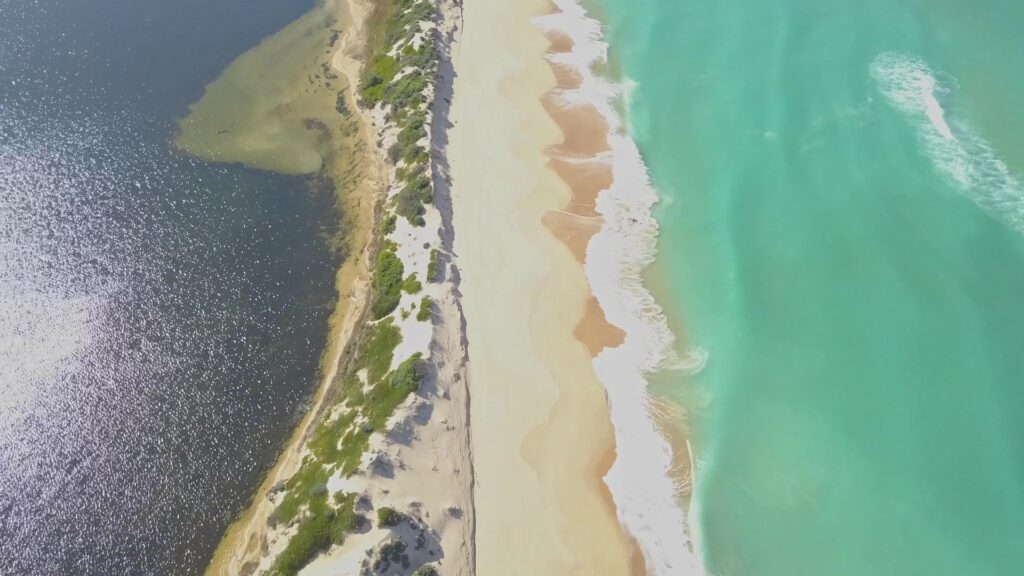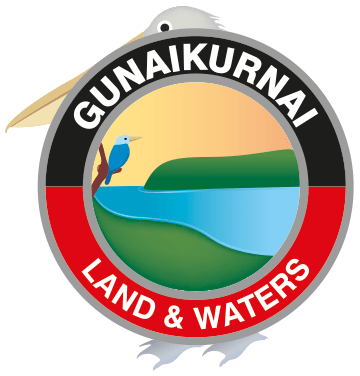Sea Country
We see no distinction between the land and the sea.
It is all a part of our Country.
But our connection to the coastal and marine parts of our Country is rarely recognised, so we need to be clear about how important it is to us.
Gunaikurnai people have occupied, used and managed coastal land and sea environments for many thousands of years. These include those areas that were dry land before the current sea level stabilised about 5,000 years ago.
Our relationship with these cultural landscapes continues, even where the evidence of our previous occupation now lies beneath the ocean.
Coastal areas were among the most densely populated parts of our Country. Rich in both terrestrial and marine food sources, they provided good places for our old people to live, camp and hunt, and the launching place for expeditions out to sea to gather seafood. Our ancestors would travel to islands in bark canoes and harvest fish and coastal species at levels that did not disrupt the natural balance.
Stronger involvement in the management of sea country can open up opportunities for improving economic outcomes for our mob, while better protecting our cultural heritage and improving environmental outcomes.
With a longstanding connection to managing the coast and sea, we can provide valuable perspectives to the coastal management programs.
In addition, we need stronger involvement in the protection of coastal and inundated cultural values within and beyond our Aboriginal Title areas.
Reclaiming our rights to use our sea as a resource is fundamental to recognising our ongoing connection with sea country.
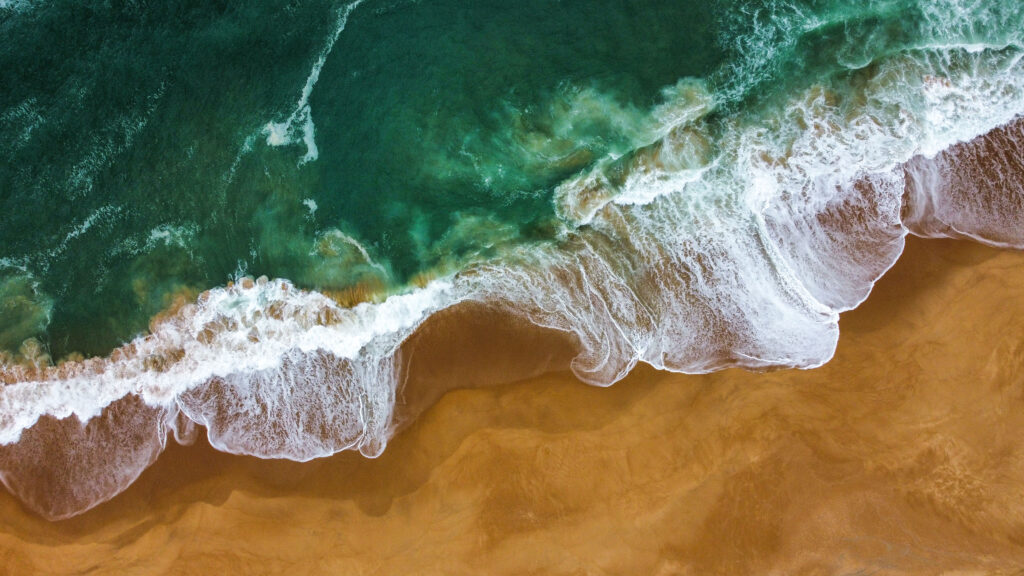
Nanjet to Mallacoota
– Sea Country Indigenous Protection Area
GLaWAC has signed an agreement with the Federal Government to start the process of establishing a Sea Country Indigenous Protection Area (IPA) from Nanjet, east of Wilsons Promontory, to Mallacoota, on the Vic/NSW Border.
The first step in the IPA process is engagement with any families or clans who may have an interest in the draft coastal area identified.
Families and clans are encouraged to register their interest in participating in the development of a plan.
Further engagement, including with government agencies and commercial operators, will also occur.
GLaWAC is partnering with Monash University and the Arthur Rylah Institute to undertake specific research into culturally significant areas and species that occur along the coast. In consultation with Far East groups, this work can be extended east of the Snowy, and along the far east coast.
What is a Sea Country IPA?
A Sea Country IPA is sea, or land and sea, managed by First Nations People in partnership with others to conserve and protect Cultural and environmental values. It is a voluntary agreement with the Australian Government.
Sea Country includes the sea and coastal environment, as well as seagrass beds, dunes, estuaries and bays, and coastal wetlands.
The initial draft of the area of interest includes the Gippsland Lakes and estuaries around Mallacoota.
Why have an IPA?
With an IPA, GLaWAC and Far East Gippsland groups can partner with stakeholders, community groups and government organisations to manage marine & coastal resources.
A Sea Country IPA will be a way for Gunaikurnai and Far East communities to care for and protect land and waters for present and future generations while protecting Indigenous Cultural Intellectual Property.
By identifying cultural values, work can be undertaken to protect areas at risk from climate change and human interference such as tourism or industry expansion.
Why create an IPA Management Plan?
An IPA Management Plan supports First Nations People to:
1. Identify cultural and natural values;
2. Identify the condition and threats to these values; and
3. Develop a plan to manage and conserve these values.
While the plan is being developed, training opportunities will be offered that will ensure a path to future employment. In the long term, it is envisioned that this will lead to employment opportunities, such as Sea Rangers, for First Nations People.
Nanjet to Mallacoota IPA Map
